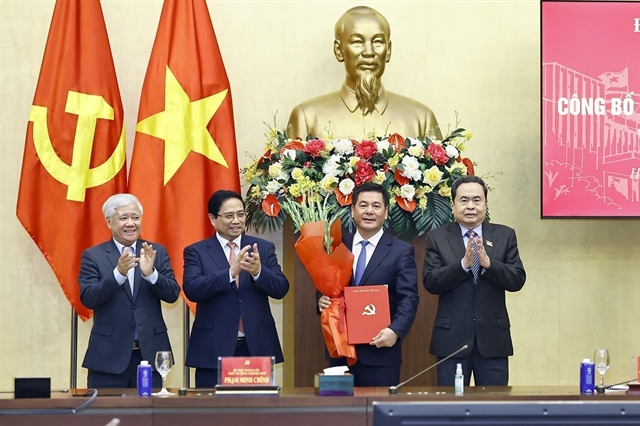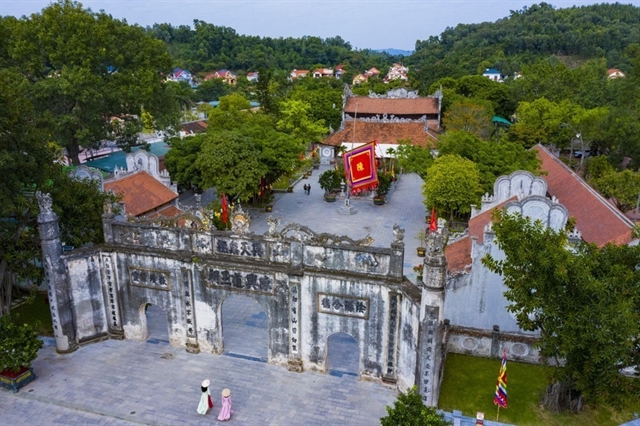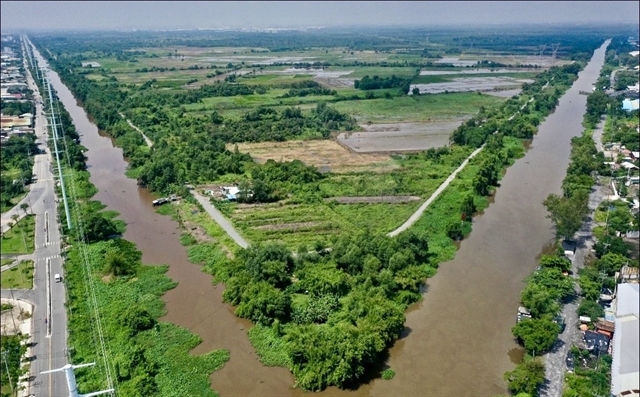 Environment
Environment
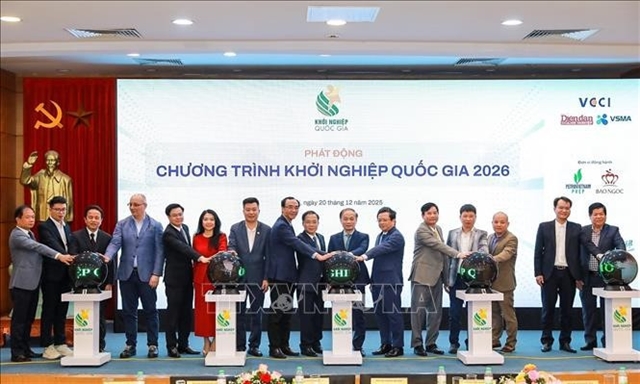
Villages across the country have benefited from the country’s economic development, however, many do not measures in place to deal with environmental protection.
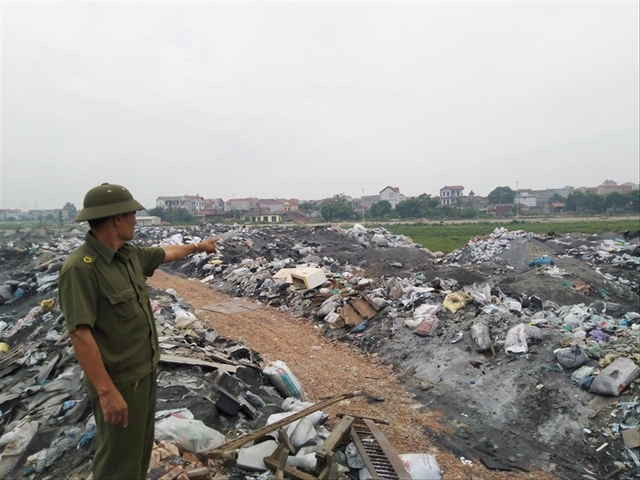
|
| Coal and waste discharged without treatment in Mẫn Xá Village, Văn Môn Commune in Bắc Ninh Province. — Photo tienphong.vn |
HÀ NỘI — Villages across the country have benefited from the country’s economic development, however, many do not have measures in place to deal with environmental protection.
The village of Trát Cầu in Hà Nội, which produces blankets, bed sheets and pillows, is a typical example.
Nguyễn Quang Thà, chairman of the Trát Cầu Traditional Villages Association, told Tiền Phong (Vanguard) newspaper that over the past 20 years, more and more foreign enterprises have invested in the village.
Now about 30 enterprises from Japan and South Korea are working there.
“The Trát Cầu Village is like a big workshop which runs all day, every day,” said Thà.
Dương Ngọc Minh, deputy chairman of the Tiền Phong Commune People’s Committee, said nearly 1,000 households in the village produce blankets with average income of more than VNĐ100 million (US$4,300) per year each.
However, the more it develops, the more residents have to withstand noise and dust. Many are concerned about fires. About one or two workshop blazes are reported in the village each year.
A large amount of agricultural land in the village has been left uncultivated as people are busy operating machines.
Nguyễn Huy Bộ, head of Trát Cầu Village, said the village had more than 1,200sq.m of agricultural land, but local residents produce only one crop per year.
‘Cancer village’
Mẫn Xá Village in Văn Môn Commune, Yên Phong District in the northern province of Bắc Ninh, also developed quickly, however, residents now live in a dangerous environment. Locals work collecting and recycling waste.
Ten people in the village died from cancer in 2015, according to the commune health station. The number rose to 13 and 15 in 2017 and 2018, respectively.
In January 2015, the National Centre for Water Resources Planning and Investigation under the Ministry of Natural Resources and Environment promulgated a list of 37 ‘cancer villages’ and Mẫn Xá was one of them.
Nguyễn Văn Duy, head of the Mẫn Xá Health Station, told the Tiền Phong (Vanguard) newspaper local residents often suffered from respiratory diseases and disorders affecting the liver and heart.
More than 300 households recycle waste, especially soft drink cans, thus the air is polluted.
The commune health station is about one kilometre from the aluminium processing workshops, and medical workers must clean everything at least twice a day because of the dust.
Mẫn Xá Village kindergarten has been unable to enrol any children for a few years. They must go to neighbouring villages to study.
Hà Đình Tý, a police officer from the Văn Môn Commune Police Station, said every day local residents discharged more than 20 tonnes of coal residue.
Nghiêm Xuân Xô, an environmental worker in the commune, said to ease the problem, authorities at different levels should complete the project of the Mẫn Xá trade village industrial zone. The trade village industrial project will cover an area of 26.5ha in Văn Môn Commune, and so far the investor has levelled 95 per cent of the area.
The industrial zone will use modern aluminium processing machines to replace traditional stoves using coal.
Xô said it would help limit dust and coal residues, and reduce local residents’ concerns about diseases and cancer.
By June last year, the country had more than 5,400 traditional villages with more than 11 million workers, making up about 30 per cent of total rural workers, according to the Ministry of Agriculture and Rural Development. — VNS

